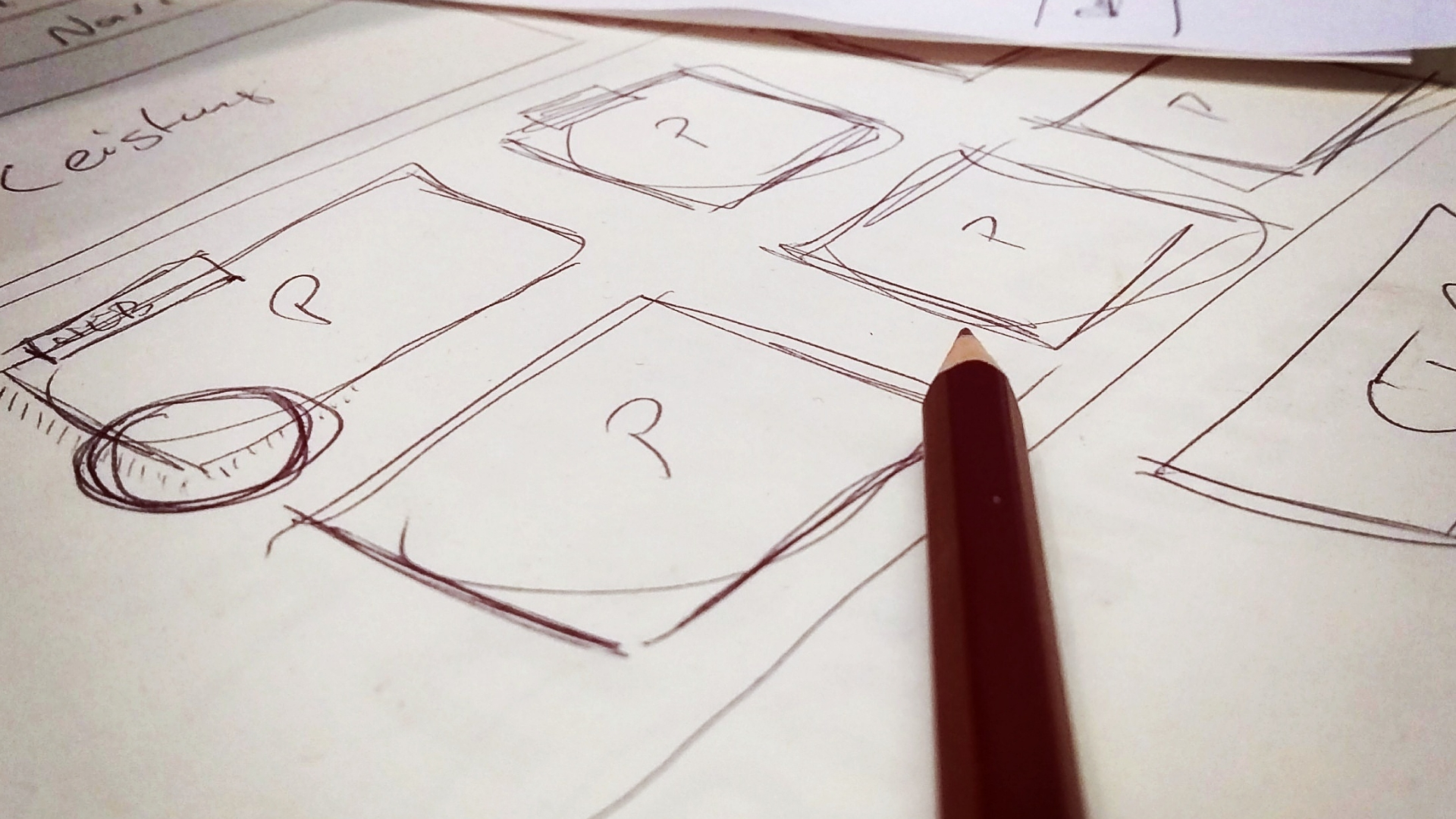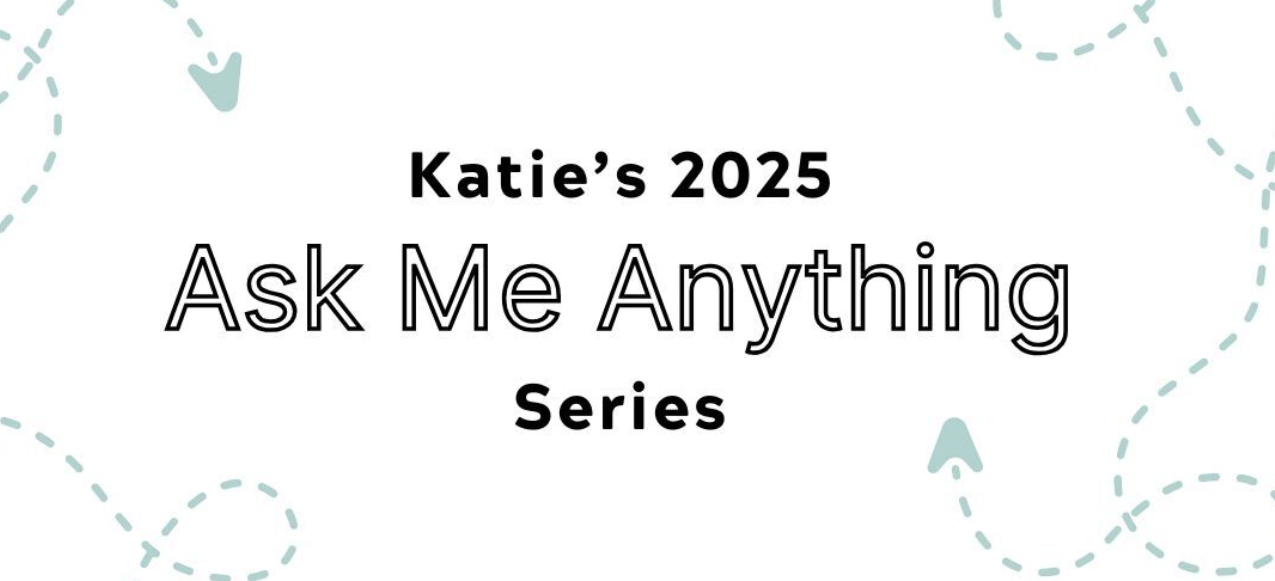I’m a planner by nature. I love taking the time to build a strong plan, even one that will take multiple months or years to complete, and then to see it through.
Over the years, however, I’ve realized that many people do not get the same pleasure out of planning that I do. Instead, they are stymied by the idea of planning and may even actively avoid it.
Sometimes, this is due to not knowing where to start, so I thought I would outline the basic steps I take when I create a new plan.
1. Know the goal. Like so many things, starting with an end goal is the cornerstone of a good plan. What is it that you are hoping to accomplish when the plan is fully executed?
2. Identify some milestones. Try and find a few signs that the plan is progressing in the way that you want. Milestones are a great way to celebrate small wins and to make sure that a plan is on track for completion.
3. Gather your tools. You might have everything you need to complete your plan successfully, but I recommend walking through the steps of the plan in your mind to make sure you have all the tools you’ll need. Depending on the time it will take to implement your plan, sometimes you can build in steps to pick up tools needed along the way.
4. Write down your questions. Even the most knowledgeable among us can have questions when we’re planning something new. The planning stage is a great time to do a little research or ask around to make sure you know enough to be able to create your plan and implement it successfully.
5. Set a deadline. Although plans can certainly change to accommodate obstacles or new steps, having a deadline of when you are hoping that your plan will be accomplished is an important component.
6. Create an accountability system. I recently talked about the importance of a personalized accountability plan on a recent podcast episode. Whether you are someone who is motivated by internal accountability or by external accountability, setting up a system for check-ins on progress will help you ensure your plan’s success.
7. Log your strengths and weak points. We each bring strengths to any given situation, but we also bring weaknesses that might slow down the implementation of a plan. By acknowledging each in the beginning of your planning, you can brainstorm ways that your strengths can make up for any weak areas.
8. Find your why. What is motivating you to accomplish the goal that you originally set? Are you someone who is motivated by carrots or sticks? Intrinsic rewards or extrinsic rewards? Knowing what is driving your plan forward will help you to keep moving even if you encounter setbacks.
9. Note potential obstacles. While you don’t want to be pessimistic about your plan’s overall success, it can be useful to try and forecast obstacles that might derail your plan and progress toward your goal. Sometimes just being prepared for an obstacle to arise is enough, but other times you can add in elements to your plan to mitigate those challenges from the beginning.
These nine steps can be applied to almost any plan that you might want to create from how to tackle writing a book, to planning a six-month hike, to organizing how you want to bulk cook meals for the next month.
I use this same structure (sometimes in a different order) each time I work through creating a plan for a new creative project, when undertaking a new shift in my business model, or as I strategically plan my writing and publication pipeline.
To think on:
- What steps do you go through when creating a new plan?
- What challenges do you face when planning something new?



